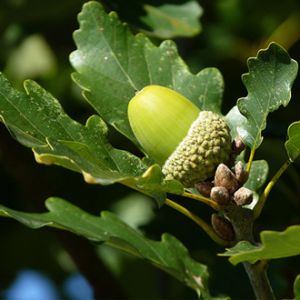
- Depending on their species, the trees are 20 to 30 to 40 years old when they produce their first acorns.
- Most oaks are at their acorn production peak at 50 to 80 years of age. After the oak reaches 80, acorn production generally begins to decrease.
- The fruit is a nut called an acorn, borne in a cup-like structure. Production of acorns starts at the age of 20 to 50 years. Each acorn contains one seed (rarely two or three) and takes 6–24 months to mature, depending on their species.
- The white oak tree (Quercus alba) produces its first acorns after it is 20 years of age but has its peak production after 50 years of age. The span of time between its significant acorn crops can be 4 to 10 years.

- One oak produces more than 2,000 acorns every year, but only one in 10,000 acorns will manage to develop into oak tree.
- The oak is a common symbol of strength and endurance and has been chosen as the national tree of many countries. Oak is national tree of USA, Germany, Serbia, Cyprus, England, France, Moldova, Romania, Jordan, Latvia, Lithuania, Poland, Wales, and Bulgaria.

- Although it is rarely reached, the symbol of an 80th wedding anniversary is oak.
- Oak planking was first common on elite Viking Longships in the 9th and 10th centuries.
- In Britain, an oak tree image is engraved in a six pence coin. It is one of the oldest Britain’s coins.
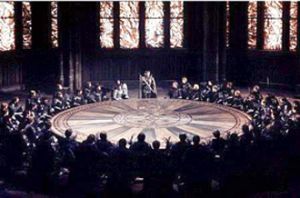
- Oaks are more likely to be struck by lightning than other trees. This enhances their significance for Druids who seek ‘arwen’ or inspiration which they believe can come through lightning. They call this ‘courting the flash’.
- Legend states that King Arthur’s round table was made from one gigantic slice of a very ancient oak tree.
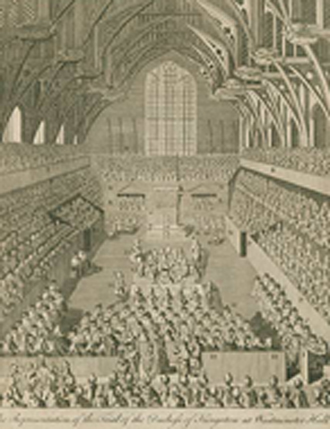
- Oak has been used as a medicine since the ancient Greek and Roman times. The famous Roman doctor Galen first used oak leaves to heal wounds.
- Oak has long been Valued for use in buildings as it is prized for its strength, elasticity, and durability, a fine example can be seen in the oak timbers for the magnificent arch roof of Westminster hall in the Houses of Parliament (London) which dates back to the 14th century.
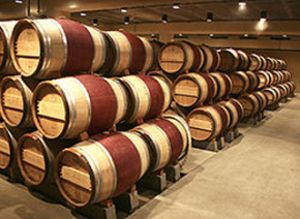
- Most of the French oak for wine barrels comes from one of five forests, some of which were originally planted during Napoleonic times for shipbuilding. The main forests, mostly located in central France, are Allier, Limousin, Nevers, Tronçais and Vosges.
- Acorns, which are produced by oak trees, are used for making flour or roasted for acorn coffee.
- In Greek mythology, the oak was the tree sacred to Zeus, king of the gods.
- Herringbone floors may have been the first parquet pattern developed in Europe.

- One of the earliest extant instances of wood herringbone is in the François Gallery at the Fontainebleau in France. The floor was installed in 1539, during Francois I’s reign, and was designed and produced by Italian craftsmen whom François had hired.
- In French, the herringbone pattern is known as “batons rompus,” which literally translates to broken sticks, and supposedly comes from a specific drum beat from military history. More recently, the phrase not only refers to the pattern, but also to something disorganized, like an excited conversation. In French, the chevron pattern is known as “point de Hongrie,” after a kind of embroidery stitch that came into style during the 16th century. It’s unclear why the stitch was named for Hungary, since it is most commonly associated with Italy, but it may have been named for the 13th-century Saint Elisabeth of Hungary.

- In his description of the palace of Versailles in the 1690s, the Swedish architect Nicodermus Tessin wrote that there was only one room at Versailles where the parquet was “laid in squares.” He might have been referring to the Queen’s Guard’s Room, the only room with chevron floors instead of the now famous parquet de Versailles.
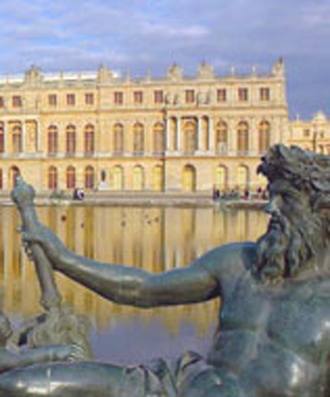
- The term parquet (pronounced par-KAY) comes from a longstanding convention, which was to place wooden planks under thrones and other seats of honor, in order to visually demarcate the area from the rest of the room and to elevate it, literally and symbolically, above the floor. This decorative floor area was known as the parc or parquet (meaning “little park”), and must evolved toward increasing decoration and inlaid patterning. By the Baroque era, parquet referred to both the technique and the genre of wooden floors inlaid in regular geometrical patterns.
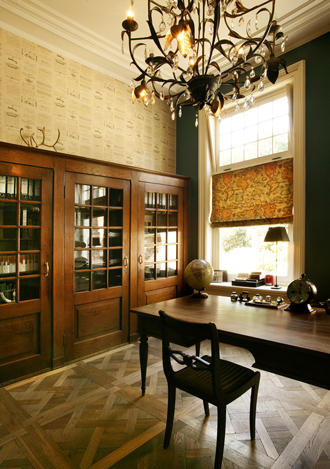
- Parquet floors were still something of a novelty in the 1620s, when Queen Marie de Medici of France installed an elaborate parquetry floor in the Luxembourg Palace — this flooring technique was considered to be, like Marie herself, of Italian origin. But through the next few decades, parquetry floors became THE fashionable flooring in fancy Parisian homes by the time English Queen Henrietta Maria (Marie de Medici’s daughter) installed parquet floors at Somerset House in 1661, after returning from exile in Paris, the technique had become accepted as French style. A 1673 issue of Paris’ most fashionable society magazine, theMercure Galant, explained to readers that “people of quality” were forgoing dusty carpets in favor of parquetry.Parquet floors hit their peak popularity in France when Louis XIV had them installed at Versailles in the 1680s. Louis had spent the previous two decades expanding and renovating his father’s hunting lodge in order to turn it into a seat of power commensurate with all the glories of France — and of Louis himself (not a shy man.) He initially had marble floors installed in all new areas and replaced broken earthenware tiles in the bedrooms of the original hunting lodge. But in the 1670s, the marble floors in the King’s Grand Apartment were leaking when they were washed, and were rotting the floor supports. Louis decided to replace most of the marble with wooden floors — a decision that must have had as much to do with aesthetics as engineering, considering that by then parquet was very in vogue. Louis XIV’s designers created a special pattern for the Versailles floors, composed of large squares of parquetry, laid on the bias, with interlaced diagonal squares within. The pattern is still known as Parquet de Versailles. But aristocrats all over France were having new parquetry patterns laid in their châteaux, patterns that are often still known by the name of the place they were first installed.
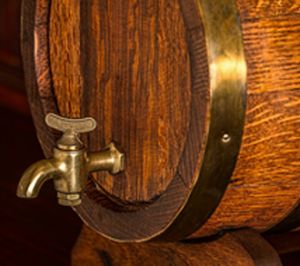
- Chevron flooring pattern originated in 17thcentury France, where it quickly became one of the most preferred types of floors in the palaces of the kings and nobility alike.
- Tannin, from the German word Tanna, meaning oak tree, is a polyphenolic compound found in wood that is integral to both wine aging and the tanning of animal hides. The higher tannin content in white oak allows wine to age by eating up oxygen that would otherwise spoil the wine.
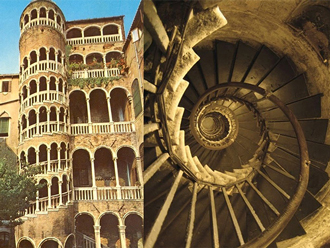
- Spiral stairs in medieval times were generally made of stone and typically wound in a clockwise direction (from the ascender’s point of view), to place attacking swordsmen (who were most often right-handed) at a disadvantage. This asymmetry forces the right-handed swordsman to engage the central pike and degrade his mobility compared with the defender who is facing down the stairs. Extant 14th to 17th century examples of these stairways can be seen at Muchalls Castle, Crathes Castle and Myres Castle in Scotland. Exceptions to the rule exist, however, as may be seen in the Scala of the Palazzo Contarini del Bovolo, which winds up counter-clockwise.
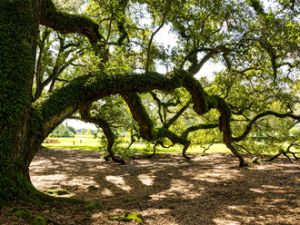
- The usual lifespan of oak trees is about 200 years, but some live over 1,000 years.
- Oak trees grow to an average height of about 15 to 21 meters (50 to 70 feet) and have a spread of as much as 15 meters (50 feet) from branch to branch when fully grown.
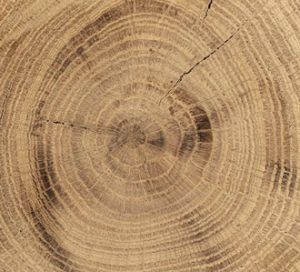
- In Spring, a single oak tree produces both male flowers (in the form of catkins) and small coon flowers (female flowers). Oak trees have male flowers on one part of their branch, and female flowers on another part of the same branch.
- European Oak is harder – 1360 on the Janka scale vs. 1290 for American oak.
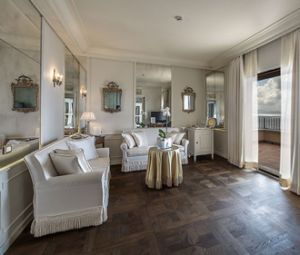
- Wood color changes on exposed surfaces are driven by UV, infrared and natural light, which cause dyes and finishes to oxidize and react with the underlying wood. Micro cracking of the wood pores, from light exposure, will create the greying effect often seen on decking. Pine coloration is an obvious example of light exposure – without a protective finish it can turn almost black in 12 months if exposed to intense light, such as on a ski chalet.
Wood that is not exposed will also change appearance over time, as the Lignins and Extractives react with heat and other chemicals, such as finishes. This means interior wall studs and flooring underneath carpets can change color over time without light exposure.
Lignins are water resistant compounds that bind the cellulose wood fibers, and extractives are more exotic compounds that are extracted to make other products like Turpentine or pharmaceutical products. Wine lovers are big fans of extractives, as Tannins are a subclass of the extractives common in Oaks. Wine and whiskey barrels are made from Oak to enhance flavor and color.
